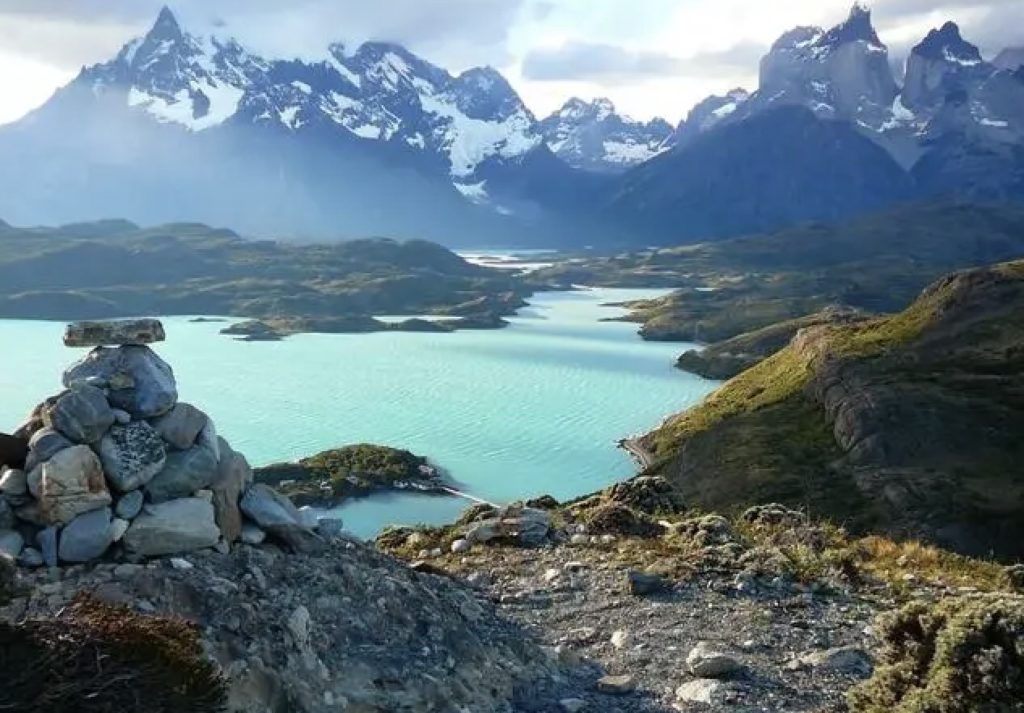As a representative city in South America, Chile has attracted the attention of countries around the world. Chile has a mysterious and rich folk culture, attracting tourists from all over the world. Chile has a rich and diverse variety of fruits, making it a daily consumer product in many countries, including China. Chilean architecture is highly cultural and has become a hot topic on social media. The most eye-catching feature of Chile is its narrow north-south territory.
Looking at the map of South America, it is obvious that Chile has a very small east-west span, ranging from 96.8 to 362.3 kilometers, but a very large north-south span, with a span of up to 4352 kilometers. Chile stretches from the Atacama Desert region in the north to Tierra del Fuego in the south, spanning 39 latitudes, making it the narrowest country in the world.
The Cordillera Mountains, the longest mountain system on Earth, extend southward from Alaska along the coast of the Arctic Ocean and eventually reach Tierra del Fuego, which faces Antarctica, becoming a watershed for most areas of the American continent along the Pacific and Atlantic water systems. The Cordillera Mountains form the Andes Mountains in South America, mostly extending along the Pacific coast and becoming the boundary between Chile and Argentina as South America narrows at its southern end.
In addition to being mountainous, Chile is also a maritime country with a long coastline of 10000 kilometers and numerous islands, including Tierra del Fuego shared with Argentina and the mysterious Easter Island in the Pacific Ocean. In addition to mountains, oceans, and islands, Chile also has a more diverse landscape, such as the Acatama Desert, the driest place on Earth, forests, pastures, and cities distributed on fertile plateaus, as well as fjords and glaciers comparable to the Nordic countries, which constitute the fundamentals of Chile’s tourism resources.
Chile’s Rapanui National Park (Easter Island) was included in the The World Heritage List in 1995.
The indigenous Polynesians who settled here after 300 BC created a unique culture here. Special cultural relics have been left behind, among which the most prominent is the huge mysterious stone sculpture of human figures, built around the 8th to 18th centuries. Its function and significance have yet to be reasonably explained.
